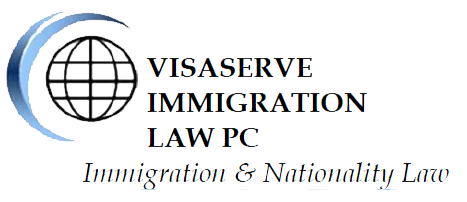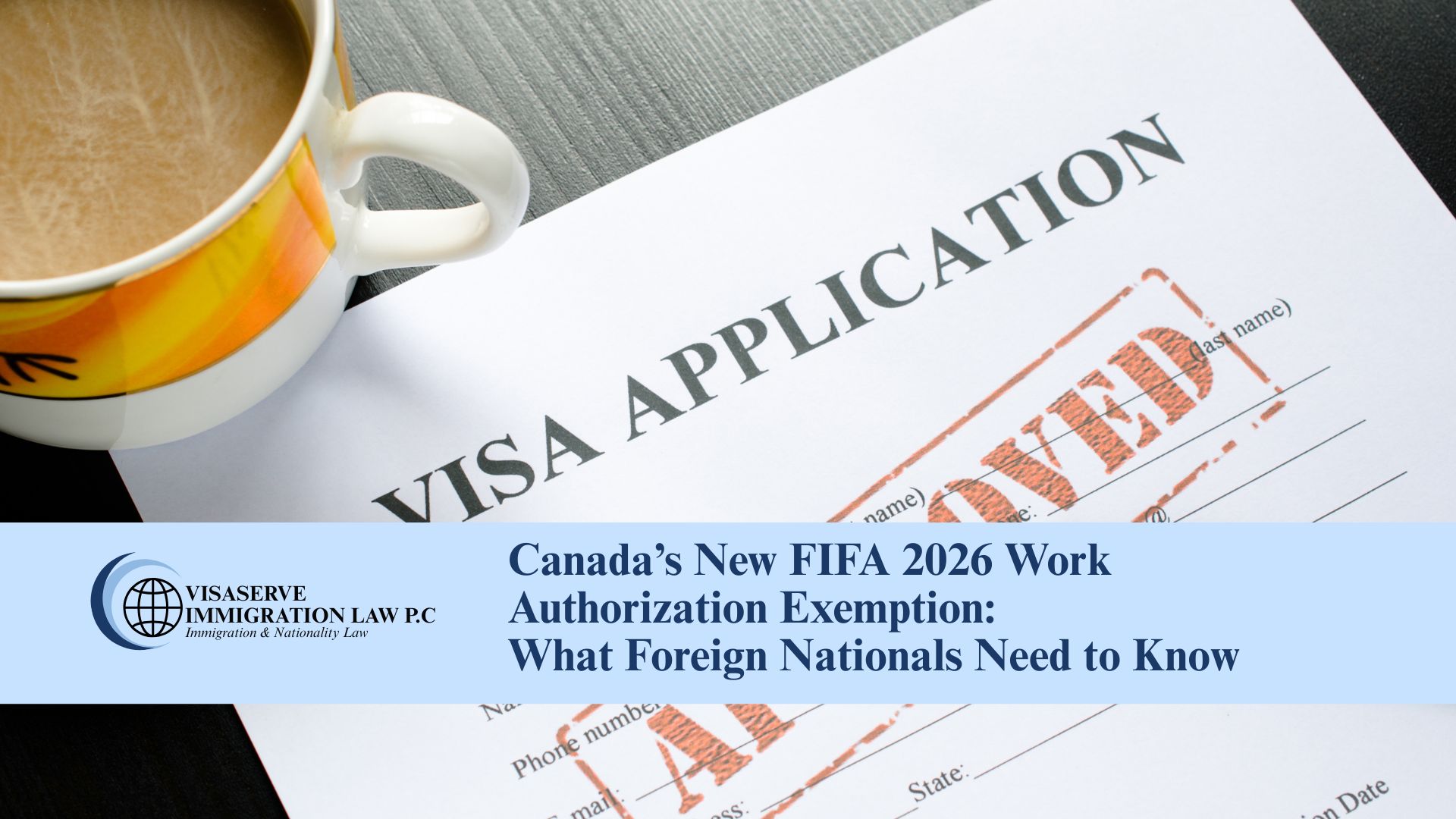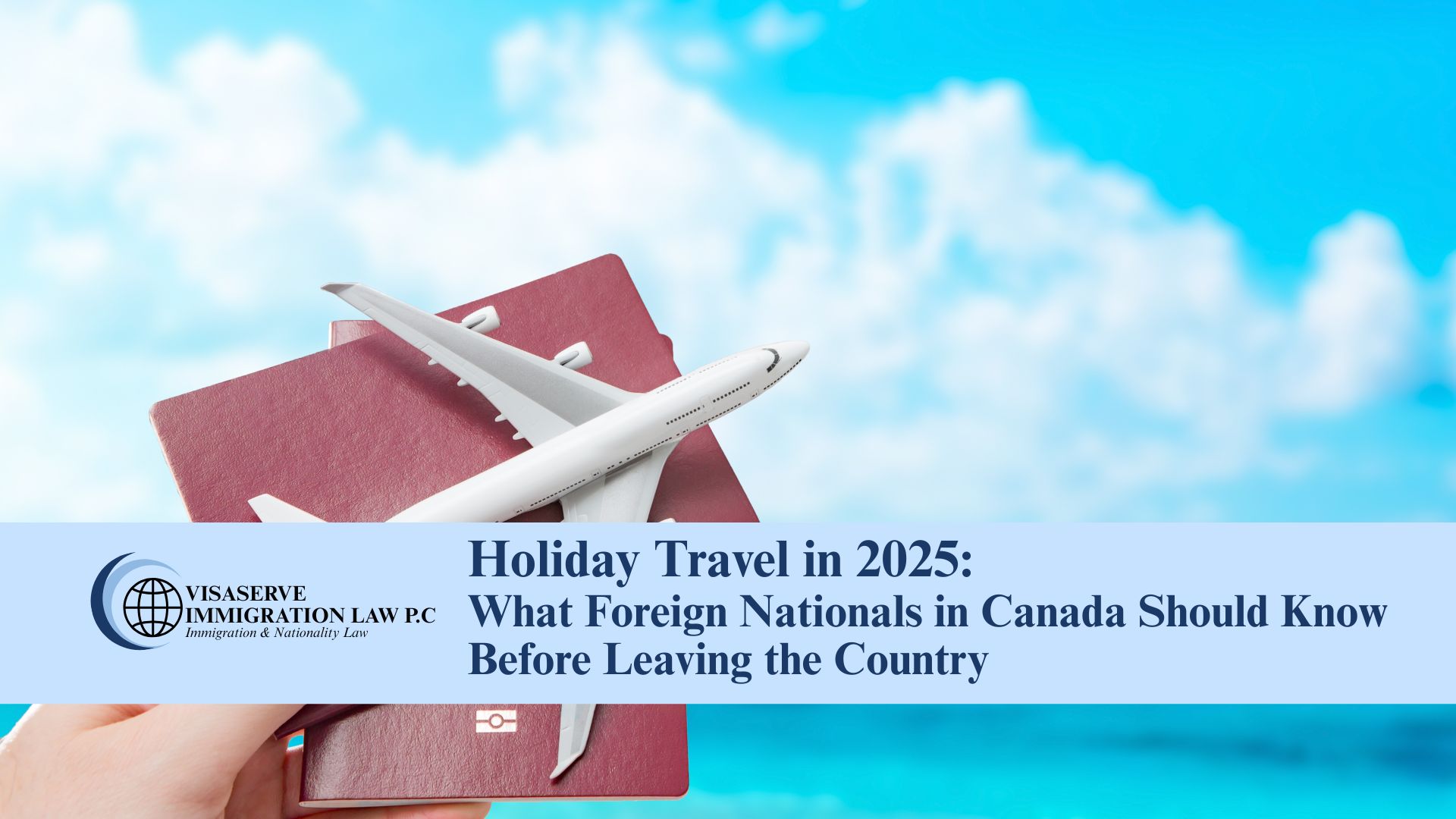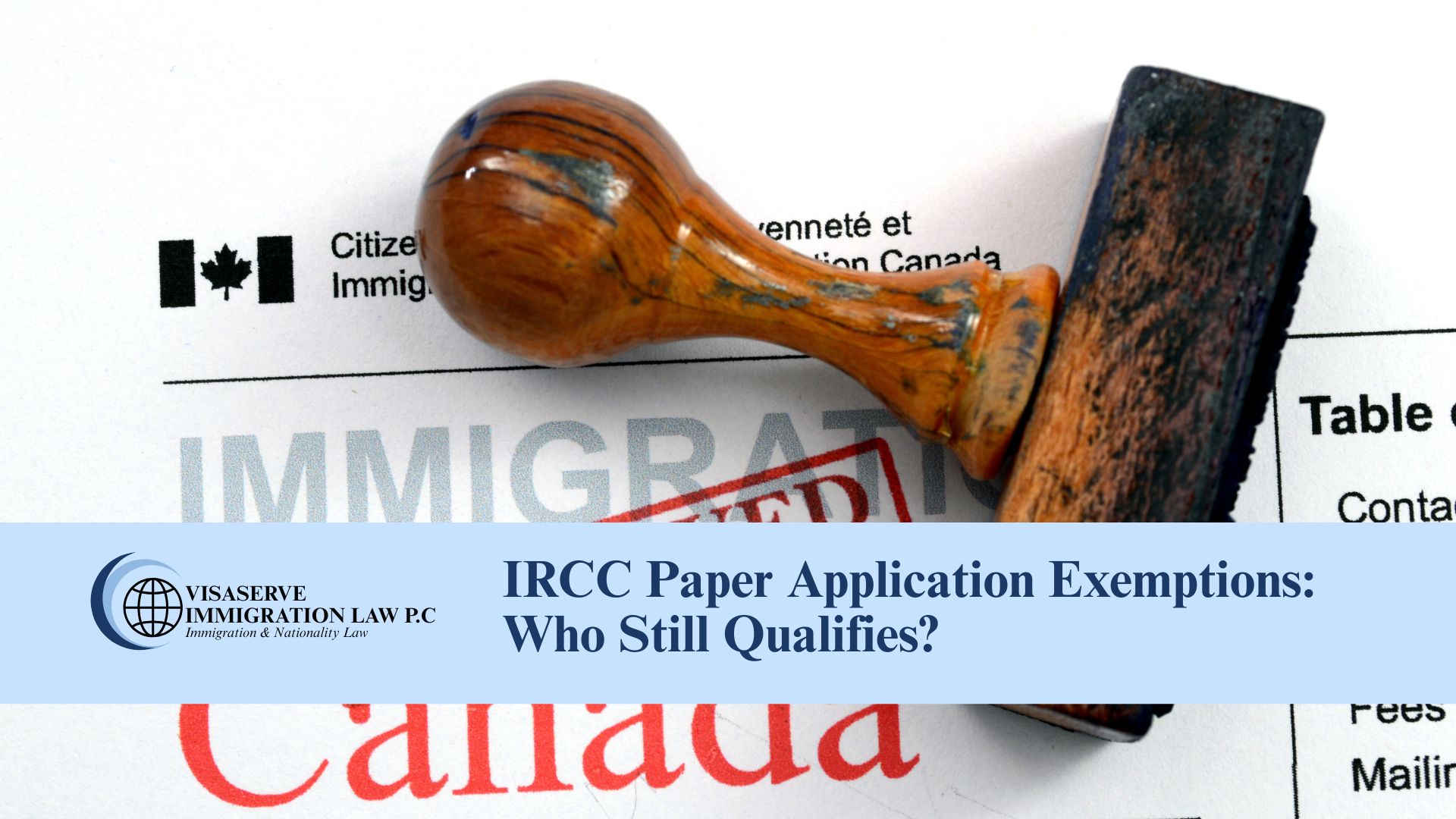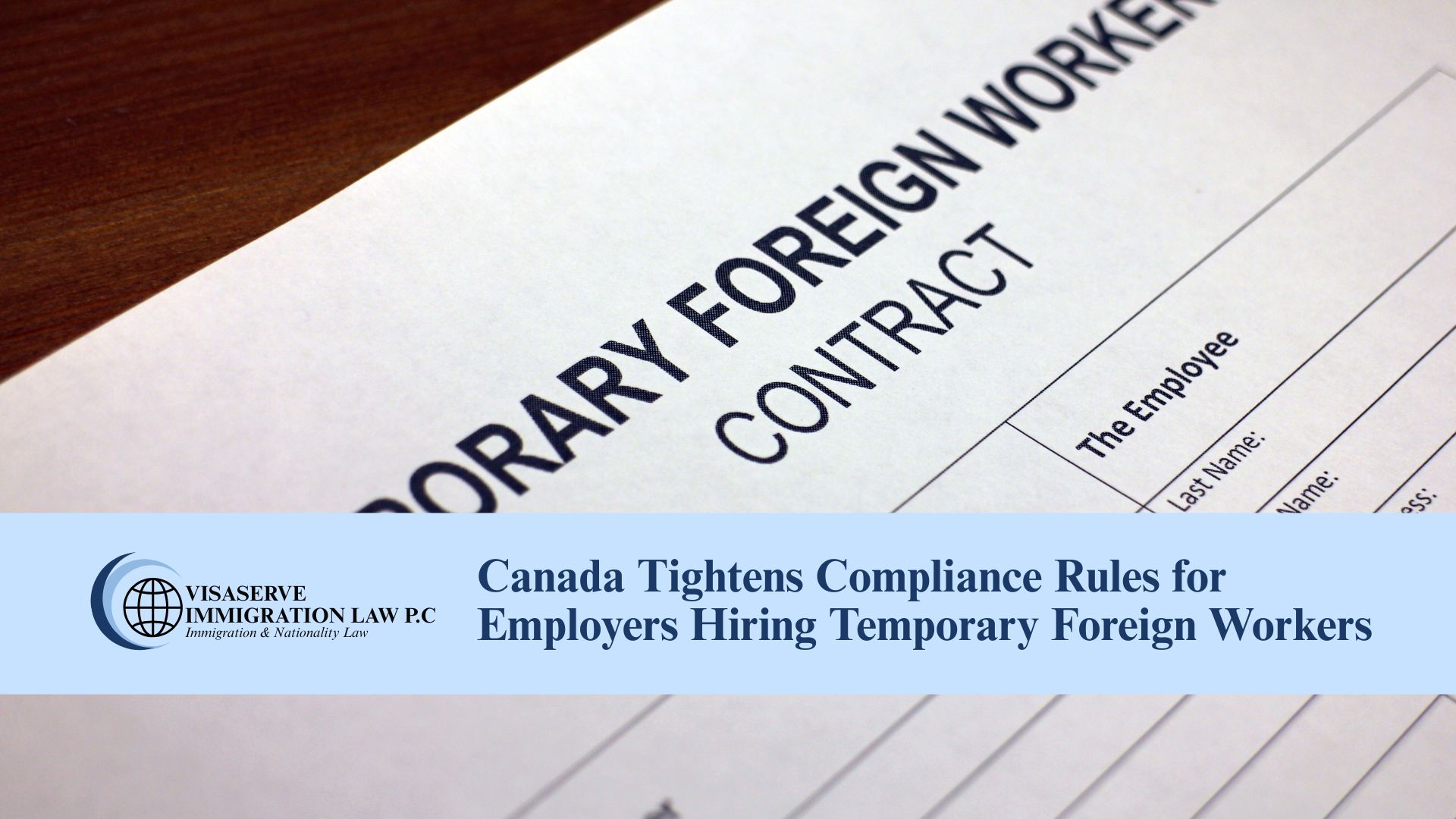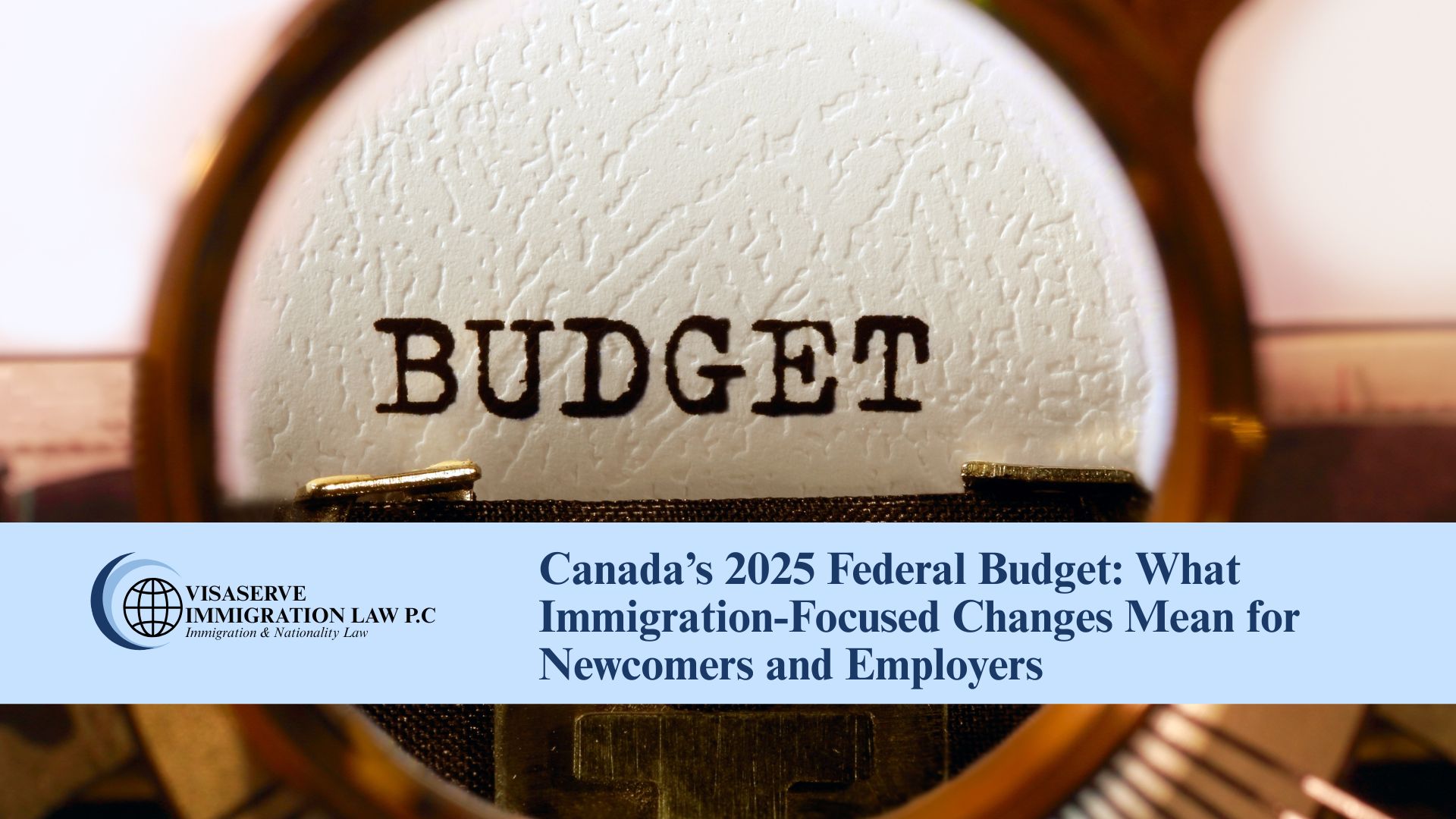Introduction:
The United States offers various paths for foreign workers to gain employment authorization, with the L-1 visa being a prominent option for companies in Canada and beyond. This blog post aims to provide a comprehensive guide to L-1 work authorization, focusing on how it works for intercompany transferees.
What is L-1 Work Authorization?
The L-1 visa category is designed to facilitate the temporary transfer of foreign workers in the managerial, executive, or specialized knowledge category to a U.S. office of the same employer or its affiliate. This visa is particularly beneficial for companies operating in Canada and other countries that wish to send key personnel to the U.S.
Types of L-1 Visas: L-1A vs. L-1B
The L-1A visa is ideal for high-ranking employees, such as executives and managers, and permits a continuous stay of up to seven years. To qualify for the L-1A visa, the employee must demonstrate their managerial or executive role within the company.
On the other hand, the L-1B visa is designed for employees with unique expertise in the company’s products, services, or processes and is limited to a five-year stay.
Defining Executive and Managerial Roles
Executives are generally those in top-tier positions, capable of making significant decisions with minimal oversight. However, the executive status is not solely determined by the title but also by the nature of responsibilities.
Managers, on the other hand, include those managing professionals in roles that typically require a bachelor’s degree. To prove managerial status, an employee may need to present organizational charts, resumes of subordinates, and job descriptions.
Functional Managers: A Special Consideration
The concept of a ‘functional manager,’ who may not directly manage staff but oversees key functions within the organization, is recognized by U.S. Citizenship and Immigration Services (USCIS). To demonstrate this role, it is essential to detail the management of essential functions rather than the performance of specific tasks.
Building a Strong Case for L-1A Functional Manager Status
To effectively argue for L-1A status as a functional manager, it’s crucial to illustrate the clear definition and essential nature of the function, the primary management role over this function, and the manager’s level of discretion and decision-making authority in daily operations.
Considerations for New Offices in the U.S.
For managers or executives establishing new offices, the DHS expects an initial hands-on approach. However, plans for hiring staff and decision-making autonomy are crucial for maintaining L-1 status.
Transitioning from Specialized Knowledge Worker to Functional Manager
Employees who advance from specialized knowledge roles to managerial positions may qualify for a change in status. It’s essential to assess their current role and responsibilities to determine eligibility.
Conclusion: Seek Professional Guidance
Navigating L-1 work authorization can be complex, especially when distinguishing between managerial and functional managerial roles. If you’re uncertain about an employee’s eligibility, it is advisable to consult with an immigration professional to ensure compliance and maximize the chances of approval.
If you or your family members have any questions about how immigration and nationality laws in the United States may affect you, or if you want to access additional information about immigration and nationality laws in the United States or Canada, please do not hesitate to contact the immigration and nationality lawyers at NPZ Law Group. You can reach us by emailing info@visaserve.com or by calling us at 201-670-0006 extension 104. We also invite you to visit our website at www.visaserve.com for more information.
